When and how to transplant gooseberries?
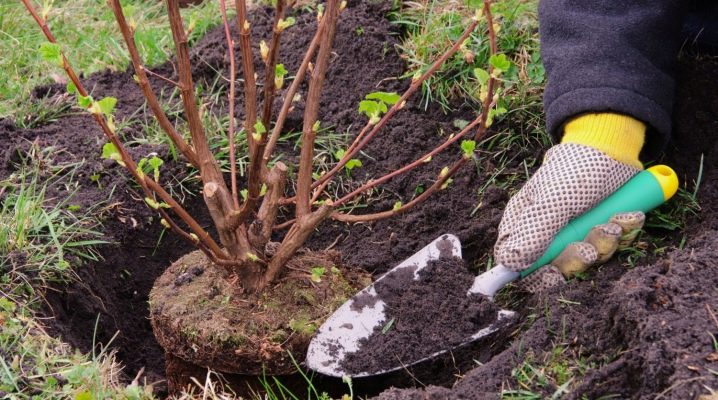
Almost all fruit and berry bushes of the Middle Lane can be transplanted both in spring and autumn. Let's see when and how to transplant gooseberries, what nuances should be taken into account for this particular culture.
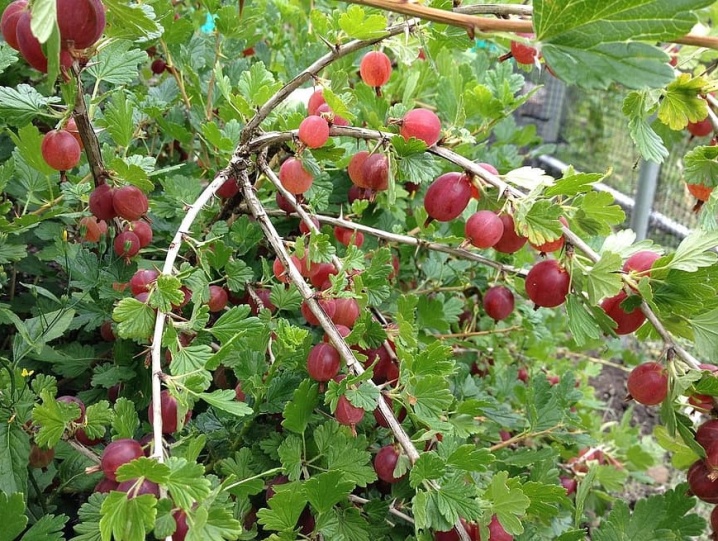
The need for a procedure
Transplanting gooseberry bushes to a new place is usually forced by external reasons: redevelopment of the site, reorganization of plantings, freeing up space for other crops. Occasionally, the need for a transplant dictates the care of the plant. The gooseberry was originally planted incorrectly, if it does not have enough space, sun, too heavy clay soil, the site is often flooded in spring.
If the gooseberry was planted correctly, there is no need to transplant it. The culture is able to grow and bear fruit successfully in one place for 20 years or more. In some cases, berries may shrink with age - in this case, the transplant acts as a way of rejuvenation.
Gooseberries reproduce well by dividing the bush, you can combine renewal and reproduction.
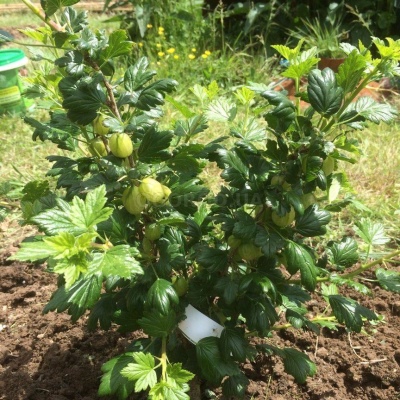
When can you transplant?
The gooseberry is highly adaptable and has a strong root system. It tolerates transplants well; in case of urgent need, it can be transplanted even in summer. But it will still be useful to help the plant and find a more suitable time.
Spring
Vesleep is suitable for transplanting gooseberries, but is preferred only for strong, healthy shrubs. If the plant is weakened by diseases, unfavorable weather conditions, it is better to wait until autumn. Do not transplant after kidney swelling. Even with the most accurate transplant, the roots suffer, and if they need to feed the unfolding foliage, the damage will be double. The plant should be moved to another place only before the start of sap flow, which begins relatively early in the gooseberry. This is a lively plant, it starts growing quickly.
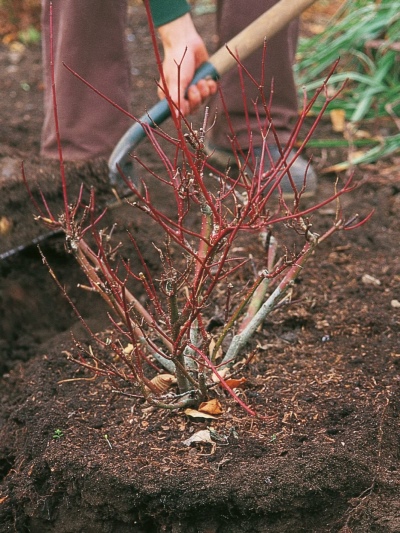
To determine the optimal time for a spring transplant of gooseberries for your region, you need to monitor the condition of the soil. As soon as it has warmed up to pliability, you can start the procedure. In the south of Russia - this is the end of February-early March, in the Central zone and in the south of Siberia - the end of March-early April, in the north of Siberia and the Far East - early-mid-April.
Important! Soko flow is only approximately tied to exact dates. It starts when the air temperature warms up to + 5 ° С. Precisely because the beginning of sap flow almost coincides with the warming up of the earth, it is difficult to guess the "gap" for digging gooseberries.
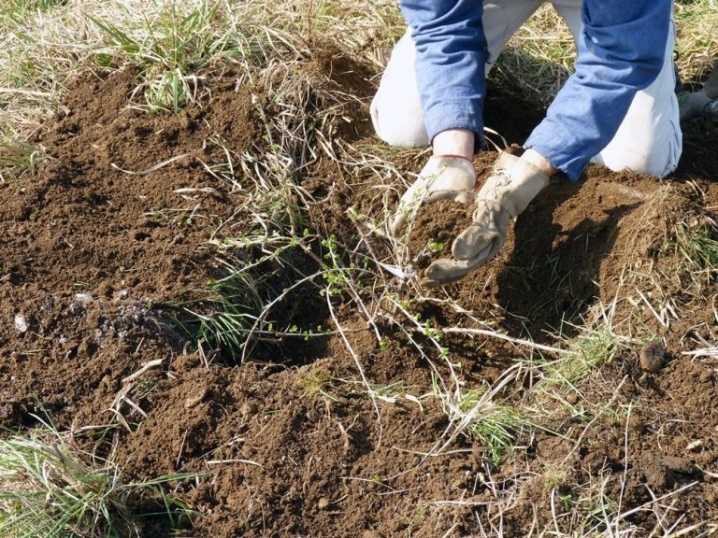
Spring is rarely chosen for organizational reasons.... There is a lot of trouble in the garden, and a transplanted gooseberry will require additional attention: watering, loosening. Autumn is better because the plant retires; after transplanting, regular care is not needed.
We also have to consider the variety. Spring is not suitable for European large-fruited varieties. Their buds wake up very early - they can begin to open as early as the 1st decade of April. However, the soil in most regions of the Russian Federation has not yet warmed up enough for the plant to be dug out painlessly.
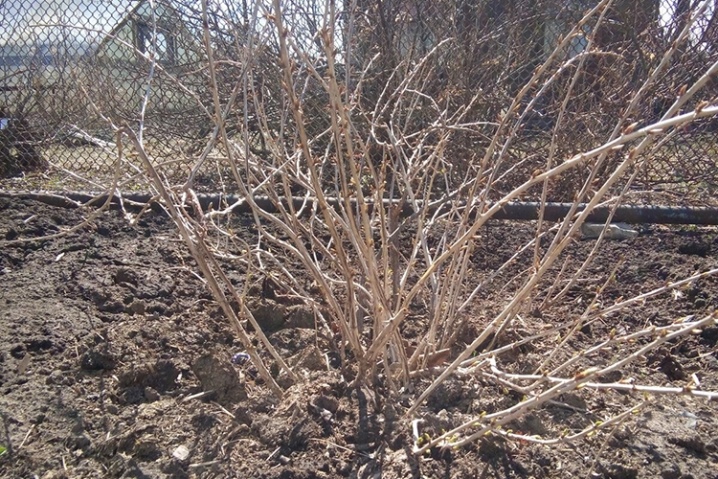
Autumn
Autumn is the best time to transplant gooseberries to a new location. They are planted a month before the onset of frost. Transplant terms for different regions are as follows.
- Middle lane, Moscow and Moscow region - mid-end of September, sometimes up to mid-October.
- North Caucasus - the beginning of November.
- Leningrad region - beginning of September.
- Ural, Western Siberia, Far East - mid-September, in some cases, you can transplant in late September or early October.
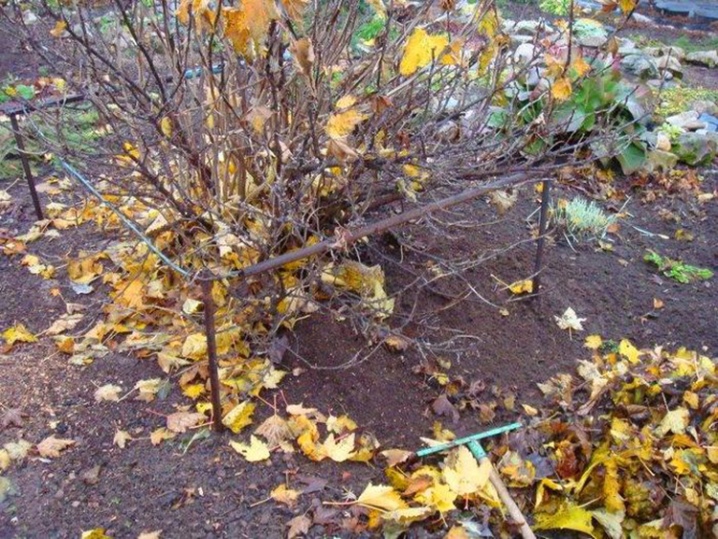
You should focus on the conditions in the current year. Gooseberry is a frost-resistant crop, with a shelter it can withstand winter frosts down to -34 ° C, but young plants are more sensitive. If the autumn transplant is performed too late, frosts at -3 ... -4 ° C can damage the roots.
Seat selection
Heavy clay soil is not suitable for gooseberries. High groundwater levels should be avoided, plant roots do not like getting wet. Good drainage, high mechanical properties of the soil, its moisture and air capacity are required.
The soil should never be acidic. Even slightly acidic is not suitable. If the ph is below 6, the soil is lime or fertilized with ash. Dislikes cold soils and spring soaking. Therefore, plots in lowlands, in the shade of buildings or trees, on blown cold slopes are not suitable.

The place should be well lit, warmed by the sun. A properly selected area eliminates many problems with the culture, this is the best prevention of fungal and bacterial diseases.
If the site has heavy clay soil, sand is added. On the contrary, clay is added to sandstones, otherwise the plant will often suffer from a lack of moisture. Ideal soil type: medium-dense loam rich in humus with neutral ph.
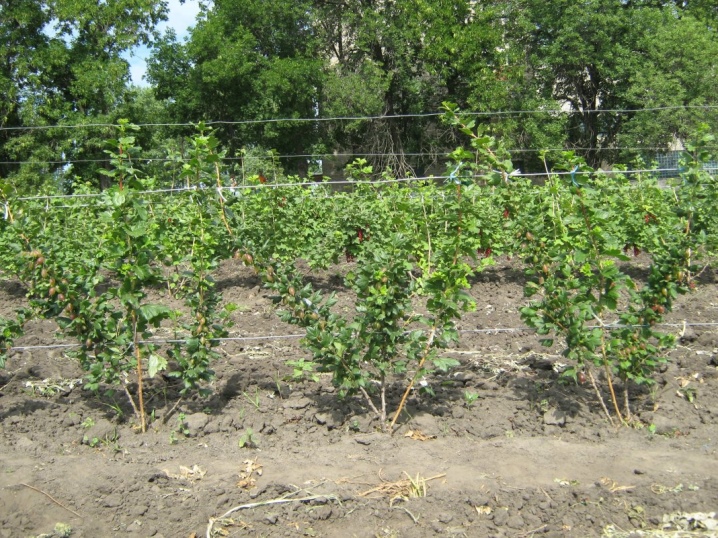
You should not plant a crop in areas where raspberries and any types of currants previously grew. These shrubs severely drain the soil and share many diseases and pests in common with gooseberries.
Best predecessors: green manures, greens, legumes, beets and potatoes.
Transplant technology
Transplanting gooseberries is not difficult, the culture takes root easily. Even mature shrubs are well accepted in a new location.
- Dig up the land of the landing site, carefully select the roots of weeds... Dig a hole 0.5 m deep and slightly larger in diameter than the future dug out lump of earth. The bottom of the pit is spilled with water, compost is poured, and mixed with earth.
- Inspect gooseberry branches, cut out all driedaffected by illness or injury.
- Shorten healthy branches.
- Dig in the ground around the bush at a distance of the crown, it is 30-35 cm from the base. The resulting moat is buried.
- All visible roots will have to be chopped off... But it is important to consider: the top and bottom of the plant must be balanced. If it is a large bush, the branches should be cut in half.
- They pry the bush with a shovel and pull it out with a lump of earth. You can use a crowbar or a pitchfork. Sometimes a combination of several tools is used, prying a large ball from different sides.
- Spread it out on prepared durable polyethylene.
- Visible the roots are examined, remove those damaged by diseases or larvae.
- The bush is lowered into a pre-prepared hole, the gaps are filled with prepared earth, compacting it and spilling it with water. The root collar is buried 8-10 cm.
- After that, at least 3 buckets of water are poured onto 1 bush... They wait until the moisture is absorbed, the soil is loosened, sprinkled with dry peat or nutritious soil.
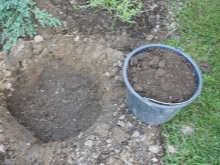
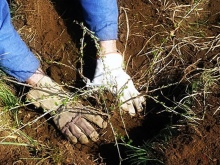
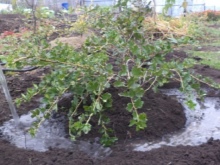
If this is an autumn transplant of adult or young seedlings into open ground, then the soil surface around the bush is immediately covered with dry fine mulch for the winter. The first feeding (with nitrogenous fertilizer) will be correct only in the spring, when the first leaves are released.
Important! Do not replant old bushes - over 6 years old. It is better to divide them or replace them with new seedlings.
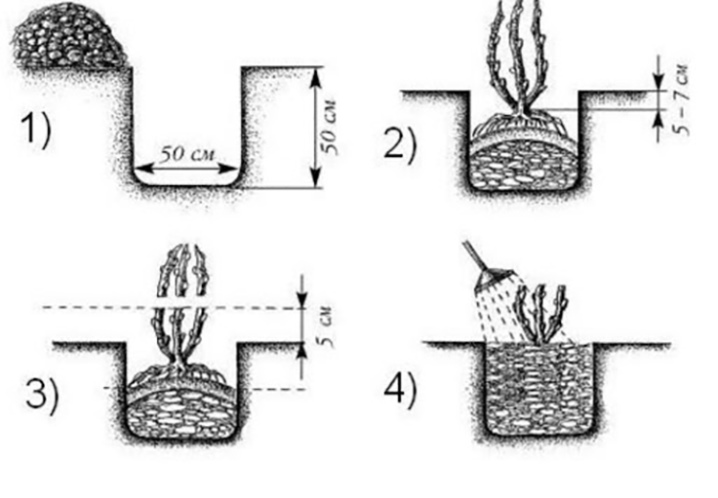
Follow-up care
The gooseberry will show itself even if the grower visits the site once a week. However, this unpretentious culture has its own needs. The rules for leaving are as follows.
- Watering is not frequent, but plentiful. Gooseberries do not tolerate stagnant water, waterloggedness, with an excess of moisture, it begins to hurt. Bushes planted in spring should be watered at least once every 2 weeks.
- It is useful for the plant to neat, but frequent loosening.... The root system lies close to the surface, so loosen must be done carefully.
- You can do without feeding, but if these are hybrid large-fruited varieties of foreign selection, poorly adapted to the conditions of the Russian Federation, any support is suitable. In this case, they are fed with organic matter and mineral fertilizers. Nitrogenous are given before the formation of ovaries, then potassium and phosphorus are required. Any varieties are fertilized with compost in autumn and spring. It is simply placed on the surface of the soil near the bush and carefully loosened.
- Before wintering at the old bush, you need to cut off almost all the branches, leaving only 6-7 young - they will become the future source of the harvest. The fruits ripen on the branches of the previous year. It is even better to leave branches 4-6 years old. They are the most fertile.
- At any time of the year, you can mulch the trunk circle, to rid the plant of weeds, and to help the plant retain moisture in the soil (during periods of drought or inability to water).
For your information! With good care, gooseberries are able to fully bear fruit the next year after transplanting.

For spring planting, watering is extremely important. The plant will take time to settle down and build up ground mass. Moisture should be supplied regularly. The growth of branches and foliage in this culture significantly outstrips the growth rate of roots. In a dry summer, without careful watering, part of the freshly planted seedlings may die - the roots will not cope with the needs of the aboveground parts.

Plants are prepared for winter according to the following instructions.
- Spray with 1% Bordeaux liquid or fungicides. This will partially protect the plant from pests and diseases: anthracnose, rust, powdery mildew, spider mites.
- Fell foliage, damaged branches and leaves are harvested and burned. For the winter, plants are covered only with fresh mulch.
- Moisture-charging irrigation... It will be useful if the weather is dry in autumn. It is held in September or October. Watering grooves are made around the bush, a clod of earth is spilled with 3-4 buckets of water, then the soil is loosened and mulched. The soil should be well wet by 40-50 cm. Such watering allows the plant to better prepare for the cold weather.
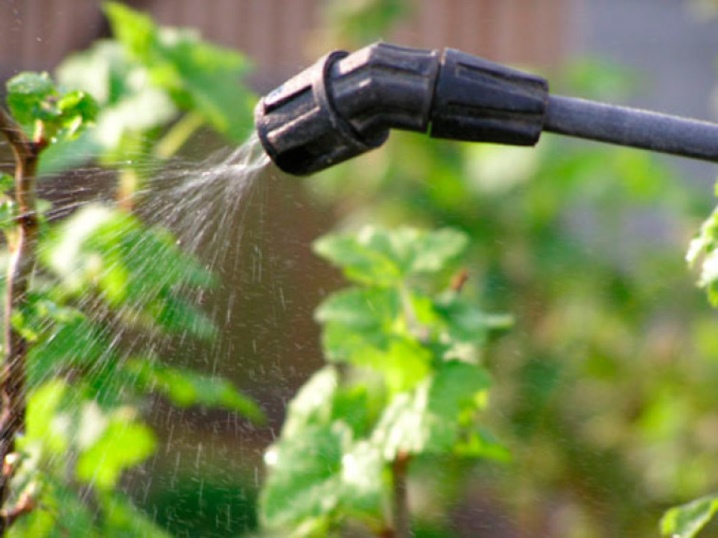
Shelter is only required in cold regions. In places where winter does not fall below -10 ° C and there is a good snow cover, soil mulching is required only to retain moisture, even for newly transplanted plants. Sprinkle with compost near the trunk, that's enough.
If the temperature drops below -20 ° C, it is imperative to cover. They are covered with a frame covered with burlap, or agrofibre, sprinkled on top with a layer of earth, cardboard, roofing felt, spruce branches, spunbond, lutrasil. Wrap branches, pin them to the ground. Only transplanted plants with cut branches are completely wrapped in non-woven material, covered with snow or a layer of peat, compost, sawdust.
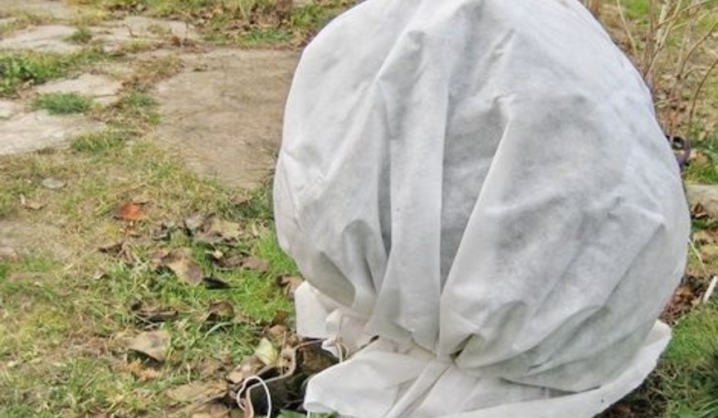
Do not cover too early. The plant must be hardened... At temperatures from -0 ° C to -5 ° C, the bushes can withstand a week. Correctly transplanted plants will take root reliably. In July-August next year, it will be possible to harvest the first crop after transplanting.














The comment was sent successfully.